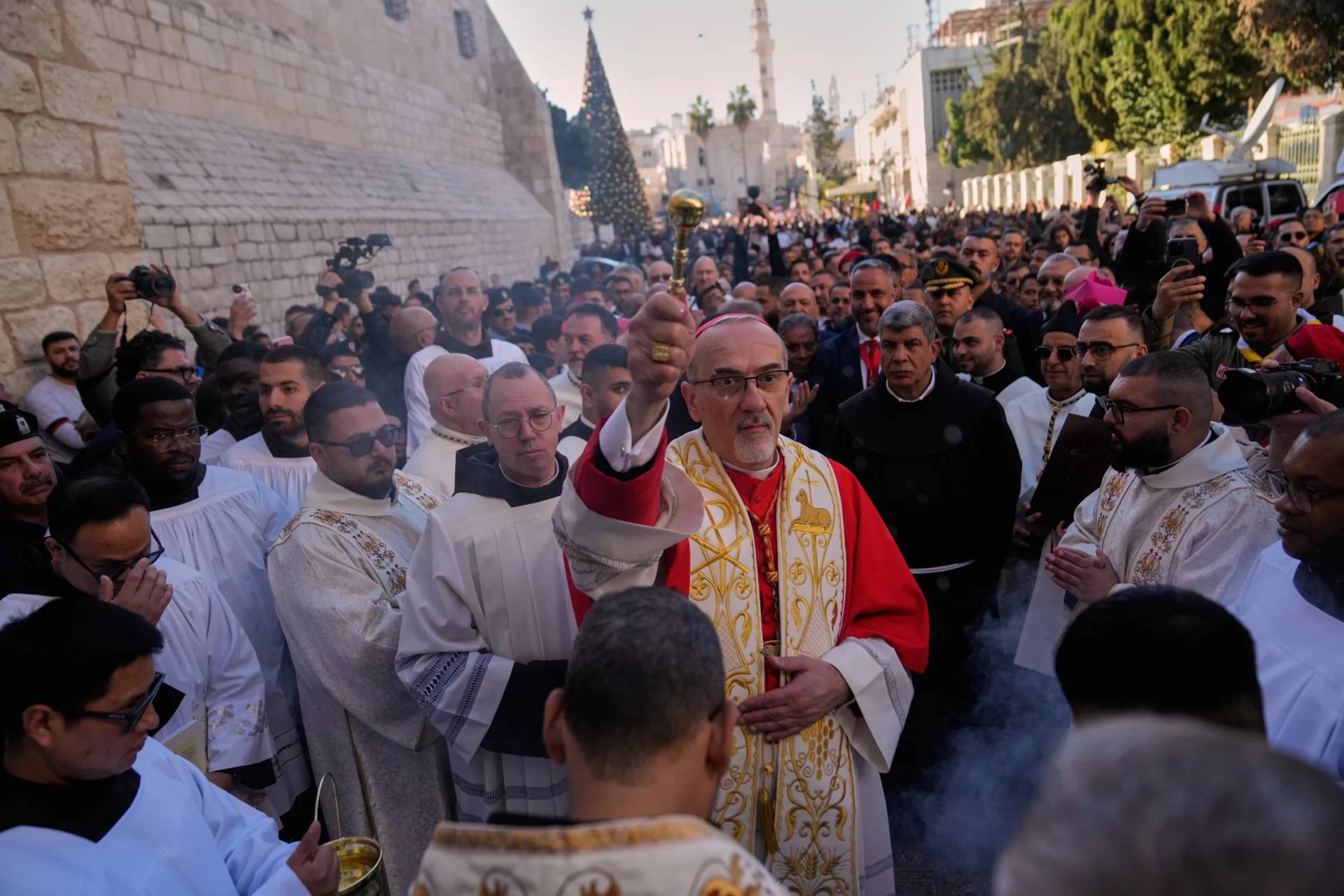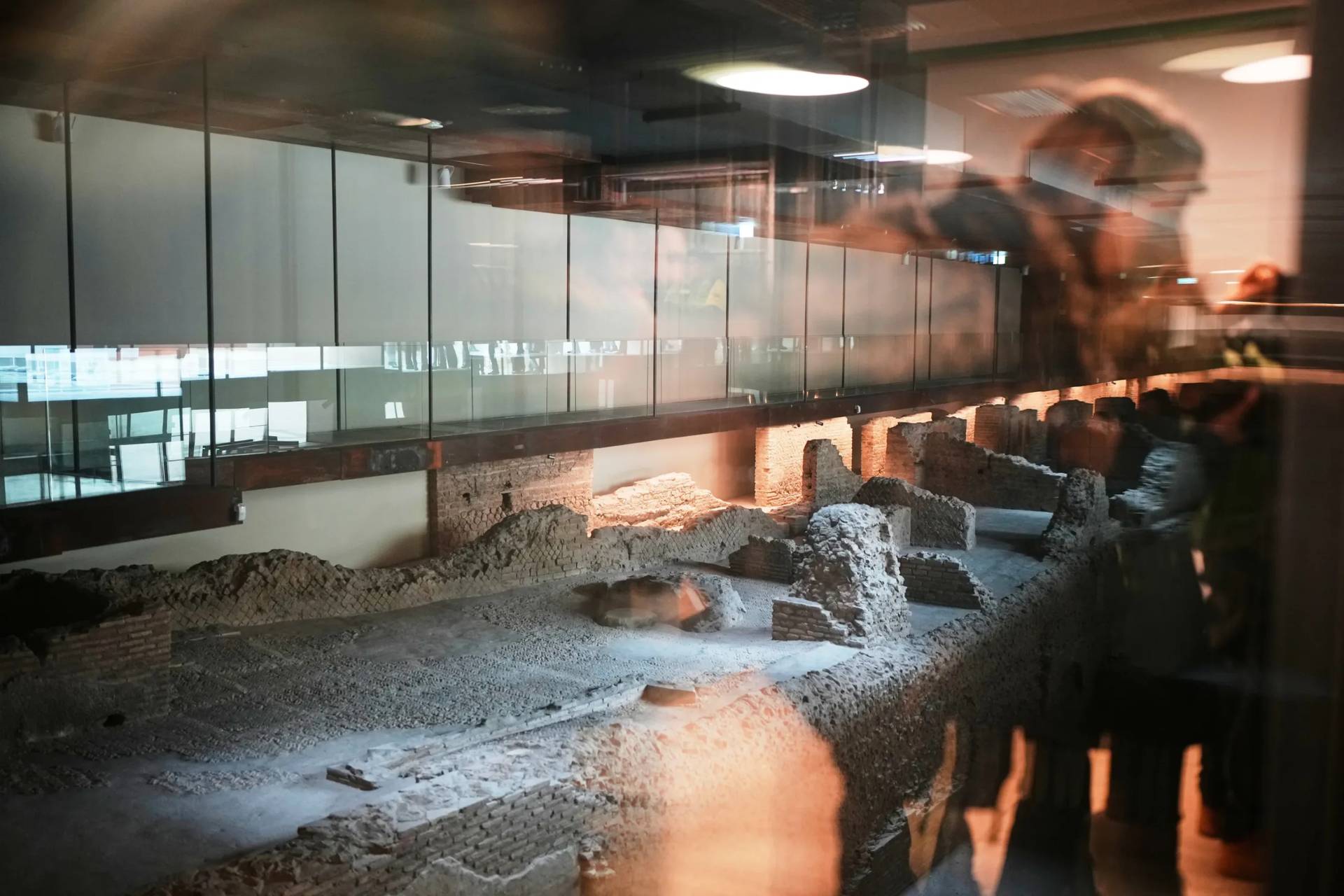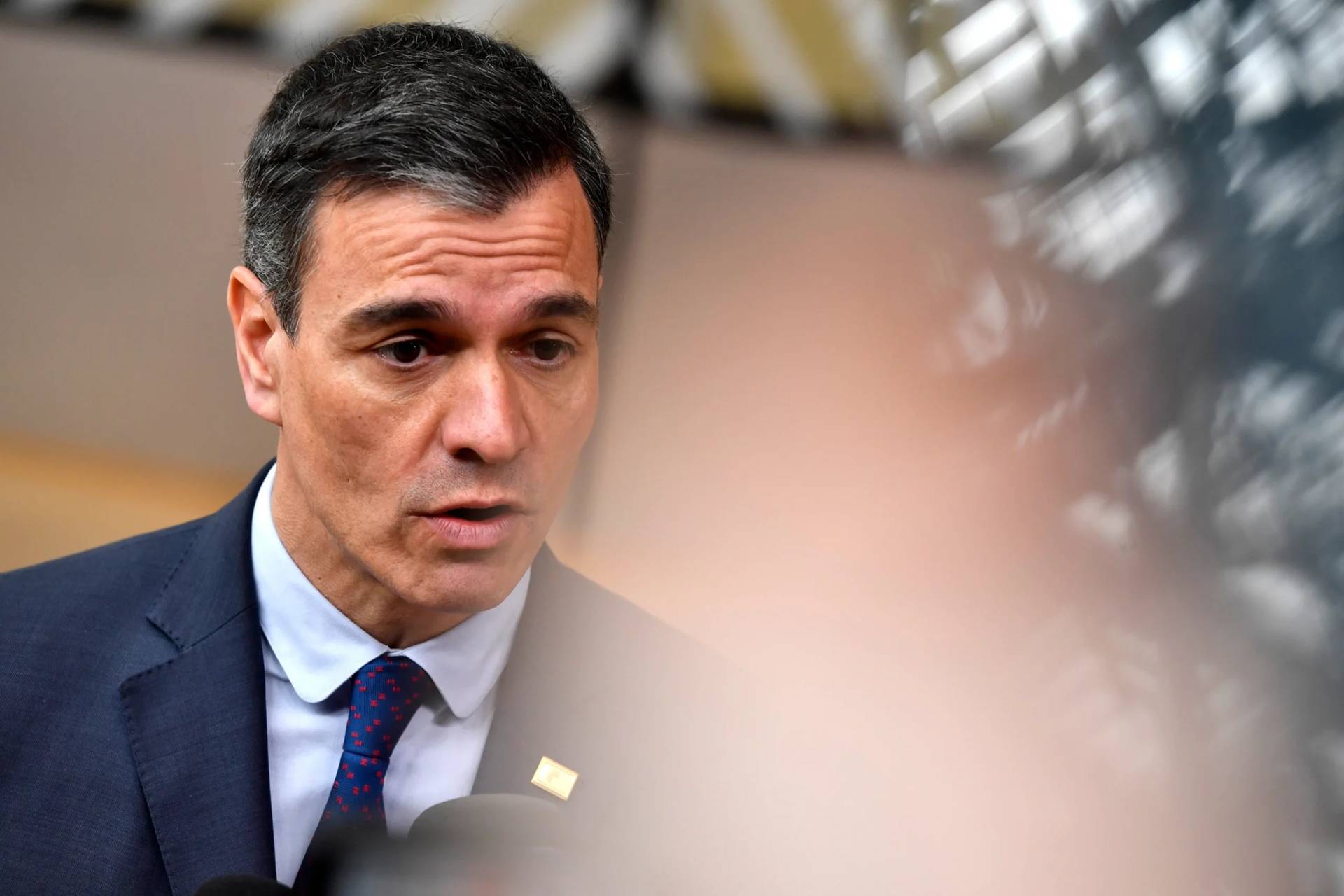ROME – Even in times of strict quarantine when praying at a church is not a legitimate enough reason to leave one’s house, in Italy expressions of popular piety and devotion are still driving the Catholic Church’s reaction to the COVID-19 coronavirus pandemic.
Almost since the beginning of the nationwide lockdown in early March, church officials, including Pope Francis, have organized communal virtual prayer events and turned to relics with miraculous reputations as a source of comfort and intercession.
The latest of these was an April 20 announcement from the Italian bishops’ conference (CEI) that on May 1, in response to requests from faithful, they will be entrusting the entire nation to the protection of the Immaculate Heart of Mary as a sign of “hope and salvation” amid the coronavirus.
The event will take place at 9 p.m. in the Santa Maria del Fonte Basilica near the small town of Caravaggio, which is part of the Cremona diocese in the province of Bergamo, which is among the areas hardest-hit by COVID-19.
In a video message published along with the announcement, Cardinal Gualtiero Bassetti of Perugia, president of CEI, said it is the duty of pastors to guide their flocks, “but it is often the flock, the Christian people, who push their pastors, as has happened in this case.”
Bassetti said he received more than 300 letters from Catholics asking the bishops to dedicate the country to the Immaculate Heart of Mary, particularly those suffering due to the pandemic, and the medical personnel “who must care for their neighbor.”
In the Catholic Church, the month of May is traditionally dedicated to the Virgin Mary and a special emphasis is placed on praying the rosary and visiting Marian shrines. Because of this, “starting this month with an act of entrustment to Mary, in the current situation, acquires a very special meaning for all of Italy,” the bishops said in their announcement.
The choice of a city in Bergamo is also significant, they said, as it “embodies the suffering and the pain lived in a land severely tested by the health emergency.” Noting that May 1 also marks the Feast of St. Joseph the Worker, the bishops said they would pray especially for workers, “aware of the concerns and fears with which many look to the future.”
While significant, the entrustment is hardly the only moment of popular devotion that has been made during the outbreak.
On March 14, Archbishop Cesare Nosiglia of Turin announced that after receiving thousands of requests from people of all ages from all over the world, he had authorized that from April 11 – Holy Saturday, the day before Easter Sunday – until April 17, the Shroud would be displayed for people to venerate through television and social media.
RELATED: Shroud of Turin to be shown via TV and social media for coronavirus outbreak
A 14-foot-long linen cloth depicting the negative image of a person thought by many to be Jesus Christ, the Shroud has long been a favorite devotion among Catholics in Italy and beyond.
The decision to offer an online showing of the shroud drew widespread attention, and Pope Francis sent a message the day it was exposed calling it an “icon of the Lord Jesus crucified, died and risen,” and thanking Nosiglia for making it available to the faithful.
On March 19 the Italian bishops held a day of prayer culminating in a virtual communal rosary, for which Pope Francis sent in a special prayer asking for an end to the coronavirus pandemic. In addition, the bishops asked that faithful participating in the day of prayer place either a lit candle or white cloth in their windows.
The event, which fell on the same day that Italy officially recorded the most deaths of any country during pandemic, was livestreamed on the Vatican’s social media accounts, as well as national television channels, drawing thousands of participants.
Pope Francis himself has consistently drawn on popular devotion as a source of comfort throughout the outbreak, beginning with a March 27 prayer event in an empty St. Peter’s Square, which coincided with Italy’s highest 24-hour death count and during which he offered an unprecedented Urbi et Orbi blessing “to the city and to the world,” normally only given at Christmas and Easter.
RELATED: Amid ‘thick darkness’ of coronavirus, Pope says it’s time to choose what really matters
During the event, the historic Salus Populi Romani (health of the Roman people) icon, usually housed in the Basilica of Saint Mary Major, and a so-called “miraculous crucifix” from the St. Marcellus church on Via del Corso, a typically crowded shopping street, were featured and venerated.
Both the icon and the crucifix are highly valued among Romans and have traditionally been turned to as points of reference in times of plague. After the March 27 event, they both stayed at St. Peter’s Basilica and were at the center of the Vatican’s major liturgies during Holy Week and Easter.
Set beside the altar where Francis celebrated his Masses, they were often venerated by the pope either while processing in, or on his way out after the liturgy ended. The San Marcello crucifix was also a central point in the pope’s Via Crucis on Good Friday, held in a nearly deserted St. Peter’s Square, as it sat at the center of the square directly in front of the pope’s line of vision throughout the event.
In France, the tradition of having the Crown of Thorns exposed on Good Friday at Notre Dame Cathedral was kept. Believed to be the one placed on Jesus’s head before his crucifixion, the crown was among the treasures salvaged from the Paris cathedral during a massive fire last year that nearly collapsed the entire structure.
RELATED: Crown of Thorns will return to Notre Dame Cathedral for Good Friday
Since the fire, the crown has not returned to the badly damaged building, but Paris Archbishop Michel Aupetit briefly returned the crown to its home for an hour of veneration, which was live streamed on television and social media.
In many other parts of the world, the spiritual needs of faithful are still very much rooted in popular piety and devotion, and nothing in recent times has highlighted this quite so potently as the coronavirus.
Follow Elise Ann Allen on Twitter: @eliseannallen
















